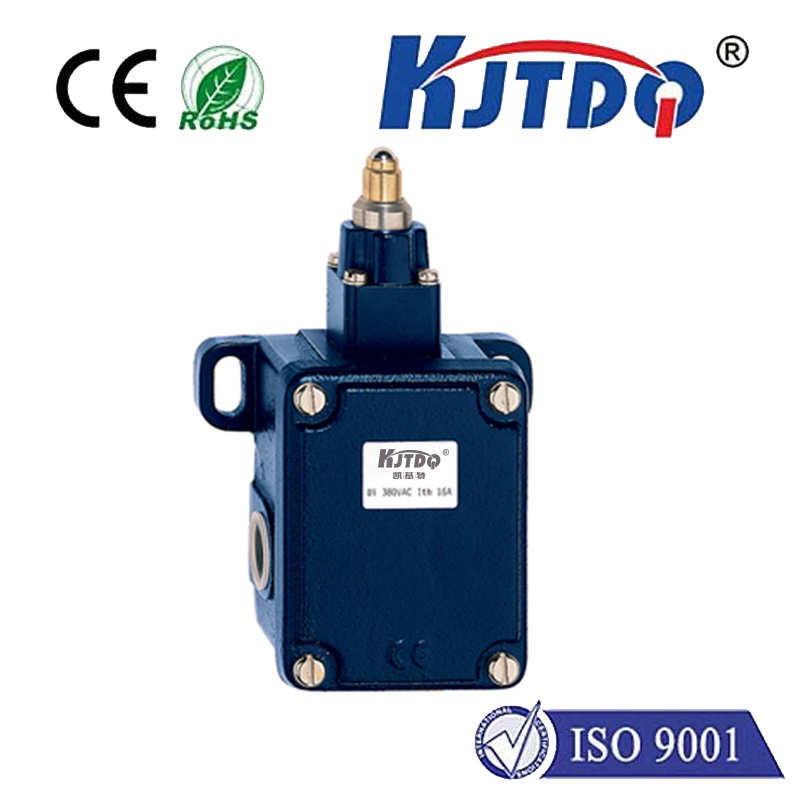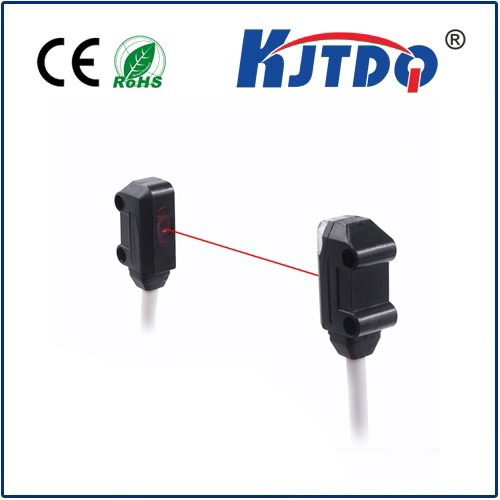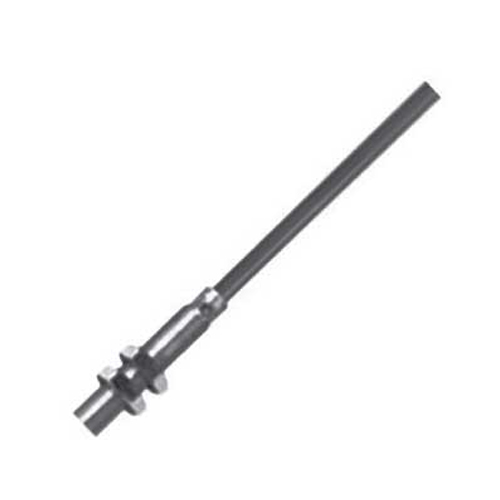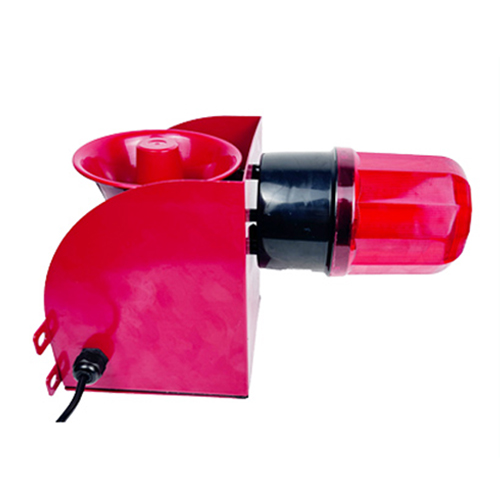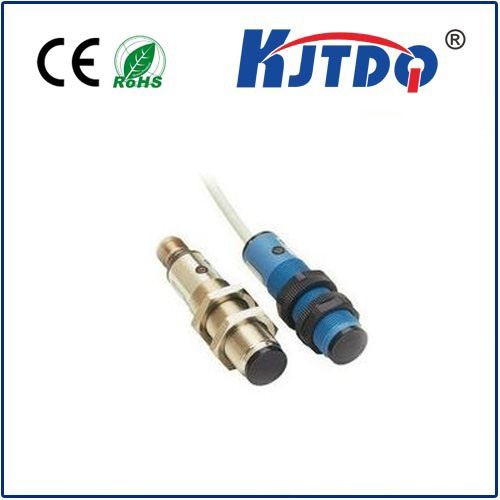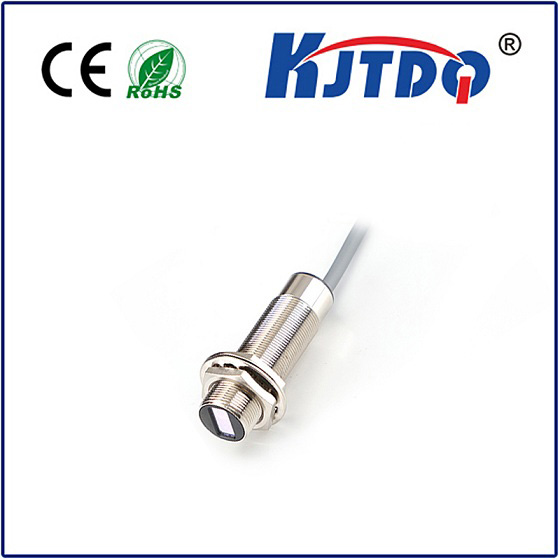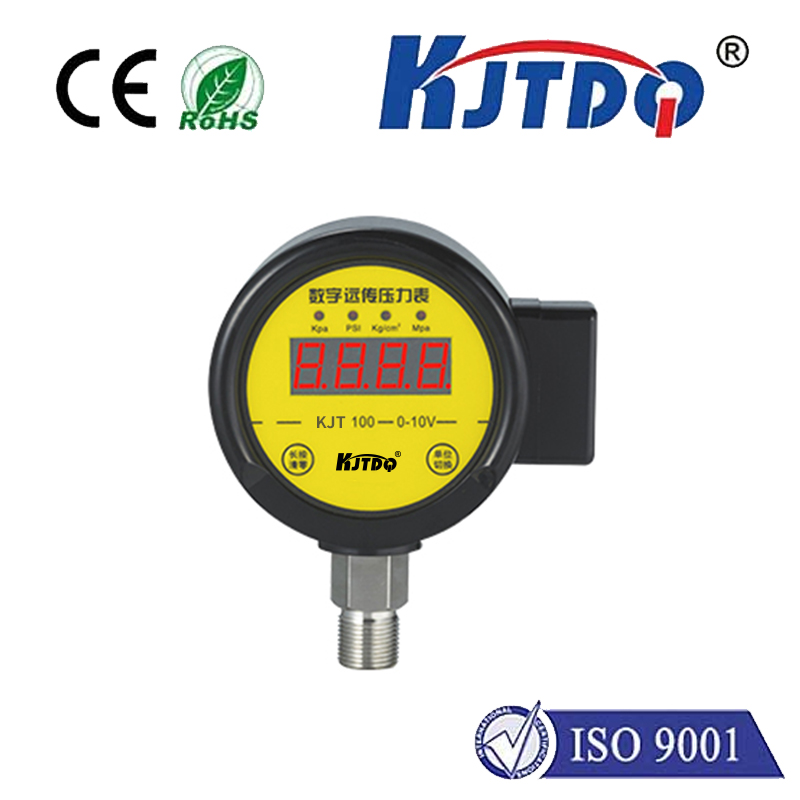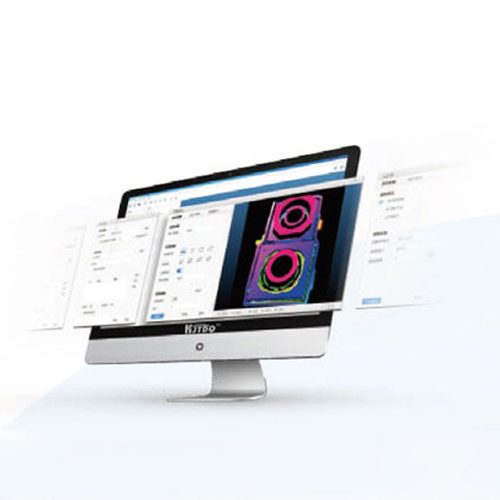NCT3-M08-IOL-V1131 proximity sensor
- time:2025-09-22 10:37:00
- Click:0
Unlocking Precision: The NCT3-M08-IOL-V1131 Proximity Sensor in Industrial Automation
In the intricate dance of modern industrial machinery, where speed, precision, and reliability are non-negotiable, the silent guardians ensuring seamless operation are often proximity sensors. Among these unsung heroes, the NCT3-M08-IOL-V1131 proximity sensor stands out as a robust and dependable solution designed for demanding applications. This inductive sensor, characterized by its standardized M08 housing and versatile IOL output logic, represents a critical component for engineers seeking accurate non-contact object detection.
The Heartbeat of Automation: Why Proximity Sensors Matter
Before diving into the specifics of the NCT3-M08-IOL-V1131, it’s essential to grasp the fundamental role these devices play. Proximity sensors detect the presence or absence of an object within their sensing range without physical contact. This capability is paramount in countless processes:
- Position Verification: Confirming parts are correctly located for machining, assembly, or packaging.
- Object Counting: Tracking items on conveyors or production lines.
- End-of-Travel Sensing: Detecting when a cylinder or actuator has fully extended or retracted.
- Safety Interlocks: Ensuring guards are closed before machinery starts.
- Level Detection: Monitoring fill heights in tanks or bins.
- Speed Monitoring: Counting rotations or detecting gear teeth.
Inductive proximity sensors, like the NCT3-M08-IOL-V1131, are particularly suited for this environment. They excel at detecting metallic targets (ferrous and non-ferrous) through generating an electromagnetic field. When a metal object enters this field, it induces eddy currents, causing a change in the sensor’s oscillation amplitude or frequency. This change is processed internally, triggering the sensor’s output state. The key advantages here are ruggedness, immunity to environmental contaminants (dust, oil, moisture), high switching speeds, and exceptional longevity compared to mechanical switches.

Decoding the NCT3-M08-IOL-V1131: Features and Capabilities
The model number itself provides valuable insights into the sensor’s specification:
- NCT3: Likely denotes the series or manufacturer-specific family, implying certain shared characteristics like build quality and performance standards.
- M08: Clearly specifies the threaded cylindrical housing diameter – 8 millimeters. This is an industry-standard size, offering a good balance between sensing range and compactness, widely compatible with existing mounting hardware.
- IOL: This is crucial. While interpretations can vary slightly between manufacturers, IOL (Integrated Output Logic) often implies a flexible output configuration. It frequently signifies that the sensor incorporates a robust output stage, potentially offering features like short-circuit protection, reverse polarity protection, and overload protection. Crucially, it usually denotes the availability of different output types (NPN or PNP, Normally Open (NO) or Normally Closed (NC)) within the same product series, selected by model suffix (like V1131). This flexibility is vital for integrating the sensor into diverse control systems.
- V1131: Typically a specific variant code within the IOL/M08 range. This denotes the exact combination of characteristics such as sensing distance, output type (e.g., NPN NO, PNP NC, etc.), connection method (cable or connector), voltage rating (commonly 10-30V DC), and potentially the IP rating (Ingress Protection). For example, V1131 might specify a 2mm nominal sensing range for ferrous targets, NPN normally open output, 3-wire configuration, 10-30V DC operating voltage, and IP67 protection.
Core Strengths of the NCT3-M08-IOL-V1131
Leveraging its inductive nature and IOL design, the NCT3-M08-IOL-V1131 proximity sensor delivers significant benefits:
- Robust Construction & Environmental Resistance: The typical M08 stainless steel or nickel-plated brass housing combined with high-quality potting materials grants excellent resistance to shock, vibration, oils, coolants, and dust. An IP67 rating (common for such sensors) means it’s protected against temporary immersion and dust ingress, allowing reliable operation in harsh factory settings.
- High Precision and Reliability: Engineered for stable switching points, it ensures consistent and repeatable detection, minimizing false triggers or missed signals critical for process quality control.
- Fast Response Times: Inductive sensors inherently offer high switching frequencies. The NCT3-M08-IOL-V1131 enables detection at high speeds, suitable for fast-moving production lines or rapidly cycling equipment.
- Wiring Simplicity & Protection: The 3-wire DC configuration (Brown: +V, Blue: 0V, Black: Signal Out) is straightforward. The integrated output logic (IOL) provides essential protection against wiring errors (reverse polarity) and electrical faults (overcurrent, short-circuit), enhancing system uptime and protecting connected controllers.
- Mounting Flexibility: The threaded M08 body allows for easy installation, adjustment, and replacement using standard locknuts, adapting to various machine designs. Flush or non-flush mounting capabilities (depending on the specific variant) offer further versatility in challenging spaces.
- Long Service Life: With no moving parts subject to wear and tear, inductive proximity sensors boast exceptionally long operational lifespans, significantly reducing maintenance costs compared to mechanical limit switches.
Where the NCT3-M08-IOL-V1131 Proximity Sensor Excels
This sensor finds its niche in numerous industrial sectors demanding robust and accurate detection:
- Machine Tooling: Position verification of tool holders, clamps, slides, and pallets. Monitoring coolant levels or chip conveyor operation. Its ruggedness handles the demanding machine shop environment.
- Material Handling & Packaging: Detecting presence/absence of products, cartons, or bottles on conveyors. Counting items. Ensuring correct positioning for filling, capping, or labeling. High speed and reliability are key here.
- Automotive Manufacturing: Verifying part placement on assembly lines, robotic welding cell positioning, end-of-arm tooling confirmation, and door/hatch position sensing in final assembly. Immunity to oils and coolants is critical.
- Food and Beverage Processing: Monitoring container levels (where suitable for contact with food zones, verify material compliance), detecting metal parts on stainless steel lines, and verifying positions in filling machines (often requiring stainless steel housings). IP67 sealing protects against washdowns.
- Mobile Equipment: Position sensing for cylinders, valves, and implements in hydraulics. Monitoring gear rotations or detecting structural positions. Here, vibration resistance and wide voltage range are essential.
- General Factory Automation: Any application requiring reliable, non-contact detection of metal parts – actuator position, safety gate interlocks, part counting on vibratory feeders, etc. Its standard M08 size and IOL flexibility make it an easy integration.
Selecting and Integrating Effectively
When specifying the NCT3-M08-IOL-V1131 or similar sensors, careful consideration is needed:
- Target Material: Confirm it’s metallic (steel is easiest; sensing distance reduces for non-ferrous metals like aluminum or copper). Know the target material and size.
- Sensing Distance: Choose the variant (like V1131) offering the required nominal sensing distance, considering the target






